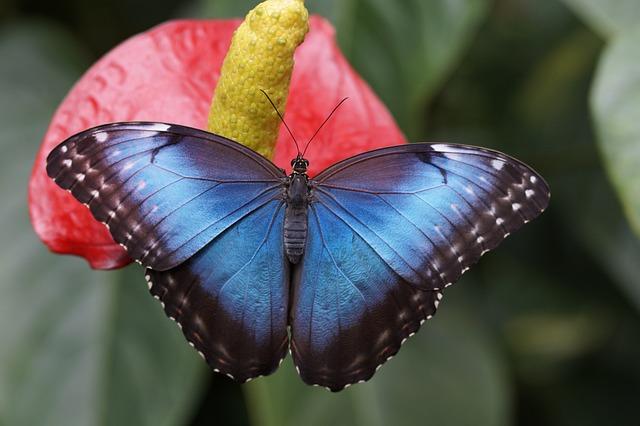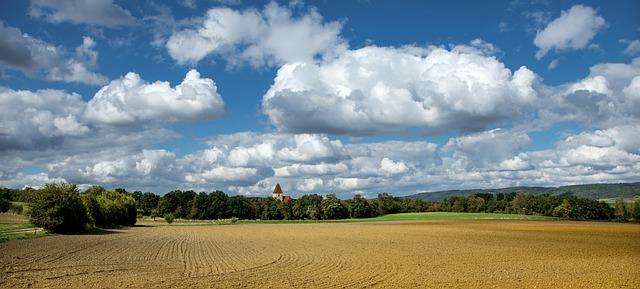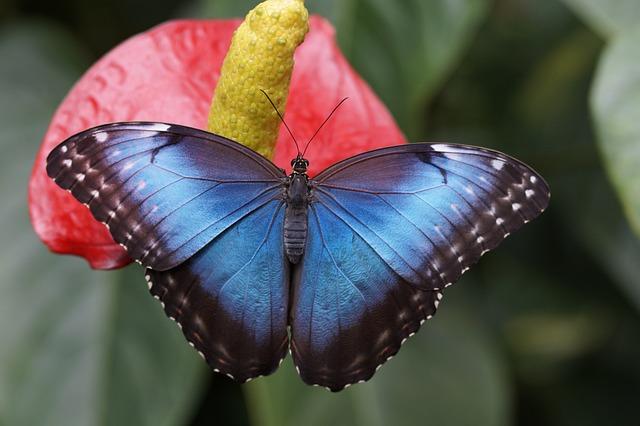- Introduction
- Understanding the Rainforest Trust
- Why Land Conservation Matters
- Rainforest Trust’s Approach to Conservation
- Success Stories and Challenges
- Conclusion
- FAQs
- References
Introduction
The Rainforest Trust is a prominent nonprofit organization that focuses on conserving tropical rainforests and critical habitats globally. Their mission is clear: protecting endangered species by purchasing land in threatened ecosystems. This article delves into various aspects of their work: we will explore what Rainforest Trust is, why land conservation is crucial in today's world, how the organization approaches its goals, and the challenges and successes they have encountered along the way.
By understanding the importance of land conservation through organizations like the Rainforest Trust, we can appreciate how even small contributions can lead to dramatic differences in preserving biodiversity.
Let’s walk through these essential topics in greater detail.
Understanding the Rainforest Trust

(Image: Pixabay/@Efraimstochter)
The Rainforest Trust was founded in 1988 with a single mission: to purchase and protect critical land areas within rainforests. These areas contain the highest numbers of species at risk of extinction, making them vital for conservation efforts. Over more than three decades, Rainforest Trust has accumulated an exceptional track record in working with local communities and organizations to secure millions of acres of rainforest.
As a part of its strategy, Rainforest Trust emphasizes collaboration with local partners. The goal here is not just to own land but to create lasting systems of protection. In 2020 alone, the group helped establish over 1 million acres of new protected areas worldwide, ranging from the Amazon Basin to Southeast Asia.
One interesting fact is how the organization targets Key Biodiversity Areas (KBAs) when choosing which parts of the rainforest to purchase. KBAs often contain high levels of endemic species — species found nowhere else in the world. In many cases, these areas are in danger due to illegal logging, mining, or agricultural expansion.
But buying land isn’t the only focus of the Rainforest Trust. The organization also emphasizes educating the world on global conservation issues, as well as working to influence policymakers in various countries.
Why Land Conservation Matters

(Image: Pixabay/@LubosHouska)
Land conservation involves saving natural areas from being altered or destroyed by human activities such as deforestation, urbanization, and industrialization. Over the years, rainforest lands have been disappearing at an alarming rate. This has led to alarming consequences such as species extinction, climate change acceleration, and loss of indigenous cultures dependent on these lands.
Consider this: more than half of the world’s species of plants and animals are found in rainforests. When forests are destroyed, we lose much more than just trees. We face the permanent disappearance of countless organisms that play vital roles in global ecosystems. Besides their role in biodiversity, rainforests also act as massive carbon sinks, absorbing tremendous amounts of CO2 and mitigating the effects of human-related carbon emissions.
Conserving rainforests means preserving species, stabilizing climate, and maintaining hydrological cycles that impact both regional and global weather patterns. Without rainforests, regions could turn into uninhabitable lands, leading to desertification and droughts. Indigenous people who rely heavily on rainforest resources would lose their livelihoods and cultural practices.
The increasing pressures on these landscapes are often related to economic factors — agriculture, mining, and infrastructure development. By conserving land through organizations like Rainforest Trust, we can ensure these precious lands are maintained for future generations.
Rainforest Trust’s Approach to Conservation

(Image: Pixabay/@MonicaMaxWest)
Rainforest Trust approaches conservation with precision, relying on scientific studies and data to select the most critical areas to conserve. Their method involves identifying Key Biodiversity Areas, forming local partnerships, and using donations strategically to maximize impact.
The first step in the Rainforest Trust’s approach is to identify areas where the impact would be the most significant. These include amphibian-rich montane forests, cloud forests, and wetlands home to aquatic species. Once identified, they fund land purchases or provide support to local nature reserves and national parks that already exist, aiming to enhance their efficiency.
A key component to their real estate transactions is that the organization works hand-in-hand with local conservation groups. These groups typically have extensive knowledge of the landscape, and direct connections to the indigenous peoples living in these territories. Rainforest Trust doesn't believe in top-down conservation; it seeks to empower local ownership over conservation projects to ensure enduring results.
Additionally, education is central to their endeavors. Rainforest Trust involves local communities in conservation efforts and raises awareness globally about the significance of land conservation. They offer the public opportunities to 'adopt' acres of rainforest geographically, giving donors both transparency and a personal stake in conservation remains action-oriented.
Success Stories and Challenges

(Image: Pixabay/@Mediamodifier)
Rainforest Trust has numerous success stories of habitats and species saved from extinction, as well as areas that are now permanently protected. One of their major victories includes the preservation of millions of acres of rainforest in the Peruvian Amazon, home to some of the world’s rarest species like the harpy eagle and jaguar.
Another notable success occurred in the Congo Basin in Central Africa, where Rainforest Trust worked with partners to establish protected areas, safeguarding endangered species, including gorillas and forest elephants. Local communities engaged were given sustainable livelihood training, thus motivating them to maintain conservation efforts and reduce reliance on deforestation.
However, challenges do persist. One of the greatest challenges is convincing governments to take these conservation measures seriously, especially in countries with weak legal systems or rampant corruption. Another challenge lies in dealing with industries that prioritize short-term gains—such as mining and logging—over long-term ecological health. Deforestation, illegal wildlife trade, and unsustainable agricultural practices continue to cause difficulties.
But the Rainforest Trust continues to evolve its strategies, adapting to these ever-changing situations. Each challenge presents an opportunity to refine their approach while keeping their aim of zero tolerance for species extinction.
Conclusion
The work of the Rainforest Trust stands as a testament to the importance of land conservation. By strategically acquiring critical areas, establishing local partnerships, and continually refining their approach, Rainforest Trust has contributed significantly to the preservation of unique ecosystems.
Land conservation is not just about saving trees; it's about ensuring life itself. Rainforests are vital components of the Earth’s balance, hosting millions of species and regulating climate. Without active efforts from organizations like Rainforest Trust, we face the irreversible loss of biodiversity and environmental degradation.
It is clear that through collective action—donations, policy advocacy, and education—long-term solutions for our planet's future are achievable.
FAQs
What is Rainforest Trust's primary goal?
Rainforest Trust's main goal is to purchase and protect critically endangered habitats worldwide to safeguard biodiversity.
How does Rainforest Trust choose areas for conservation?
They focus on Key Biodiversity Areas, which encompass habitats with high concentrations of species at risk of extinction, especially endemic species.
Does the Rainforest Trust work with local communities?
Yes, they partner with local conservation groups and indigenous communities to ensure sustainable land protection practices and ownership.
Can individuals contribute to land conservation through Rainforest Trust?
Absolutely! Rainforest Trust allows individuals to adopt specific areas of rainforest or donate to general conservation efforts.
What are the biggest challenges Rainforest Trust faces?
Challenges include governmental pushback, corruption, industrial encroachment, and managing large-scale conservation in threatened regions.

